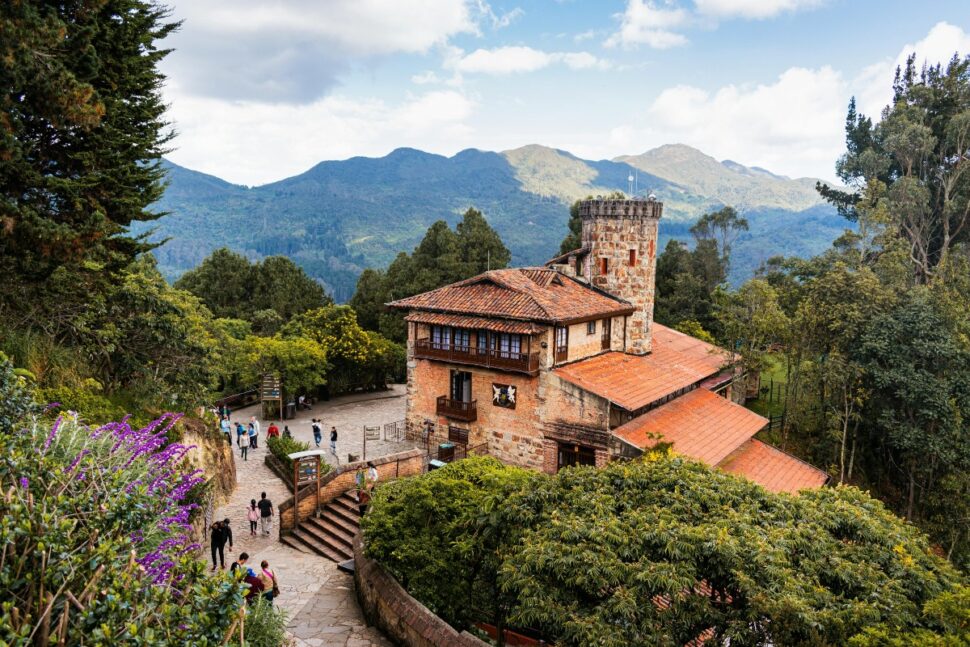This Is Why Colombia’s Tourist Industry Is Booming
3 min readDespite facing several challenges, Colombia’s tourism sector exhibited remarkable resilience and growth in 2023. The country welcomed a record 5,869,869 non-resident tourists, a 24.3% increase from 2022 and a 173.6% increase from 2021. This surge in international tourism played a pivotal role in substantially boosting the Colombian economy, which grew by 0.6% in 2023. These tourism figures, provided by the Ministry of Commerce, Industry, and Tourism, underscore the nation’s impressive tourism boom, with Medellín emerging as a critical player in this growth.
It’s worth noting that the tourism sector’s resurgence post-pandemic contributed to its impressive performance in 2023. International tourism surpassed pre-pandemic levels by 29.1%. Migration Colombia’s data revealed a consistent increase in foreign arrivals, further solidifying the positive outlook for tourism in the country. Medellín, in particular, saw 659,097 international visitors. These numbers, highlighting its allure as a cultural and digital nomad hub, further propelled Colombia’s tourism success. Moreover, Colombia’s natural attractions, including the Andes Mountains and the beaches of the Caribbean coast, continue to attract travelers from around the globe.
Challenges Faced
Despite the sector’s growth, Colombia continues to face sex and drug tourism concerns that jeopardize the tourism industry’s long-term viability and security. The presence of sex tourism and its exploitation of vulnerable people, together with the continuation of the illegal drug trade, necessitates immediate attention. So, ensuring the safety of visitors, particularly in the face of recent spikes in violent crime against foreigners in cities like Medellín, has become a crucial challenge for the sector.
Preserving Colombia’s tourism attractiveness requires the sector to prioritize sustainable growth and safety measures. This will guarantee that tourism promotes cultural appreciation, economic prosperity, and safety for everyone. Furthermore, visitors play a crucial role in fostering ethical enterprises. Travelers need to avoid establishments associated with exploitation, leading to a favorable impact on Colombia’s tourism economy as a whole.
Exploring Colombia Safely

Colombia’s towns have everything from fascinating historical excursions to exciting nightlife. In Bogotá, the Museo del Oro displays an impressive collection of pre-Hispanic artifacts. At the same time, Medellín’s innovative public transport system allows for easy exploration of the city’s renowned botanical gardens and modern art galleries. To stay safe, explore these urban areas during daylight hours.
Choose organized tours, which often provide additional security and local knowledge. The same goes for the coastal city of Cartagena, famed for its historic Old Town, encircled by ancient walls. Walking tours can help you safely enjoy its history under knowledgeable locals’ guidance. These tours are educational and an excellent way to ensure you don’t wander into less secure areas.
On the Caribbean coast, including popular spots like Santa Marta and the pristine Tayrona National Park, opt for well-known beaches with lifeguards and stay within designated swimming areas. Furthermore, always keep your accommodations and travel plans known to someone from home. Use reputable transport options like official taxis or trusted ride-sharing services, and avoid displaying valuables prominently.



